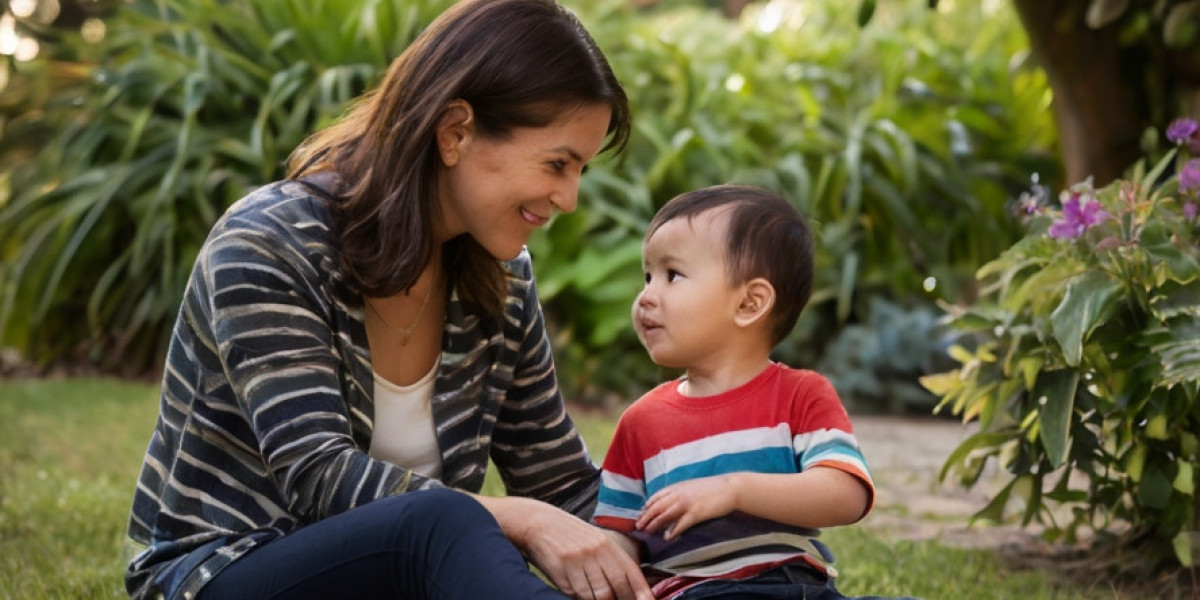Introduction
In today's rapidly changing world, child safety has become a paramount concern for parents, guardians, educators, and community members alike. With the advent of technology, social media, and increased urbanization, the potential risks to children's safety have evolved. This report aims to present an in-depth analysis of modern child safety tips, integrating recent studies, expert opinions, and practical strategies that can be employed by families and communities to ensure the protection and well-being of children.
Understanding the Importance of Child Safety
Child safety encompasses a wide array of protective measures that aim to safeguard children from physical, emotional, and psychological harm. According to the World Health Organization (WHO), unintentional injuries remain one of the leading causes of death among children aged 5 to 14 years. Moreover, the National Center for Missing & Exploited Children reports thousands of children go missing each year, highlighting the need for effective safety protocols.
Areas of Concern
- Home Safety: From falls to poisoning, many accidents happen within the home environment.
- Road Safety: Vehicles can pose significant dangers to children, especially in populated areas.
- Online Safety: As kids increasingly engage with the internet, they are exposed to potential threats, including cyberbullying and grooming.
- Social Interactions: Knowledge of safe versus unsafe relationships is crucial for children's social development.
- Emergency Preparedness: Children need to understand basic emergency response protocols in case of natural disasters or other emergencies.
Recent Research and Expert Opinions
Home Safety
Recent studies indicate that unintentional injuries in the home are preventable. The American Academy of Pediatrics (AAP) emphasizes that parents should continuously assess their home environment for hazards. Safe storage of household chemicals and the use of childproof locks are foundational strategies. A comprehensive guide by the AAP suggests routinely checking for toys with small parts, ensuring window guards are installed, and utilizing non-slip mats in bathrooms.
Expert Opinion: Dr. Laura Miller, a pediatrician and child safety expert, asserts, "Small changes in the home environment can drastically reduce the risk of injury. Regular safety audits, keeping emergency numbers handy, and teaching children basic safety rules are essential."
Road Safety
Approximately 1.3 million people die each year as a result of road traffic accidents, with children being disproportionately affected. Recent initiatives, such as the "Vision Zero" program, aim to create safer roads for everyone, focusing particularly on vulnerable populations, including children. Educators and parents are encouraged to practice road safety through engaged activities, such as pedestrian safety drills and the use of crosswalks.
Expert Opinion: James Carson, a traffic safety researcher, emphasizes, "Education and practical application are key. Teaching children how to navigate traffic can empower them to make safer choices as they grow."
Online Safety
With the increasing use of digital devices among children, the importance of online safety cannot be overstated. Cyberbullying and predation are alarming realities that parents must address. Recent studies show that children lack sufficient knowledge about online risks and safe practices. The Internet Safety Coalition suggests that parents employ filtering software and monitor online activities without infringing on children's privacy.
Expert Opinion: Sarah Thompson, a child psychologist, notes, "Conversations about digital footprints and online respect should start early. Parents need to cultivate an open dialogue about internet use to foster safe habits."
Social Interactions
Education on healthy relationships is crucial for children's development. Studies reveal that children often cannot differentiate between safe and unsafe interactions. Programs teaching consent, boundaries, and the right to say ‘no’ are becoming popular. Schools are also incorporating social-emotional learning into the curriculum to prepare children for real-world interactions.
Expert Opinion: Dr. Emily Chen, a social behavior specialist, states, "Children should learn about their bodies and their rights. Empowering them with knowledge can help reduce the risk of abuse and promote healthier relationships."
Emergency Preparedness
Recent surveys indicate that a significant number of families are unprepared for emergencies. Children should be taught the basics of emergency preparedness, including creating a family vacation ideas (www.healthcarebuyinggroup.Com) emergency plan and knowing how to contact emergency services. The American Red Cross offers educational materials that can help families develop and practice their safety plans.
Expert Opinion: Mike Peters, a disaster preparedness expert, emphasizes, "Teaching children what to do during an emergency can save lives. Simulated drills not only prepare them but also reduce anxiety about the unknown."
Practical Safety Tips for Parents and Guardians
General Safety Tips
- Establish Clear Rules: Set and communicate clear safety rules at home, during outings, and when online.
- Regular Safety Audits: Periodically inspect your home for potential hazards and child-proof areas accordingly.
- Develop Open Communication: Cultivate an environment where children feel comfortable discussing their fears and experiences.
- Use Safety Gear: Ensure children wear helmets when biking, seat belts in vehicles, and other protective gear during sporting activities.
Home Safety
- Childproof: Install locks on cabinets containing hazardous materials, use outlet covers, and secure heavy furniture to walls.
- Supervise Activities: Always supervise young children while they engage in activities that could lead to injury, such as cooking or playing outdoors.
Road Safety
- Teach Safety Rules: Teach children to look both ways before crossing, always use crosswalks, and wait for traffic lights.
- Model Safe Behavior: Always adhere to traffic laws as a role model, emphasizing the importance of safety.
Online Safety
- Educate on Privacy: Teach children not to share personal information online and to use privacy settings on social media.
- Engage Together: Spend time exploring the internet together, discussing what to watch for and how to report suspicious activity.
Social Interactions
- Role-Playing: Use role-playing to teach children how to respond to uncomfortable situations or interactions.
- Discuss Boundaries: Regularly speak about the importance of personal boundaries and respecting others' boundaries.
Emergency Preparedness
- Create an Emergency Plan: Include fire drills, natural disaster preparations, and emergency contact numbers.
- Practice Regularly: Simulate emergencies to ensure children know what to do and feel confident in their responses.
Community Involvement
Schools and community organizations play a crucial role in promoting child safety. Collaborating with local law enforcement and health departments can facilitate programs focused on safety education. Community workshops on topics, such as internet safety, first aid, and emergency preparedness, can provide resources for parents and children alike.
Conclusion
Child safety is a multifaceted issue that requires the engagement of not just families but entire communities. Through understanding and implementing effective safety tips, we can create a protective environment that bolsters the well-being of children. By fostering open communication, educating children on safety measures, and involving the community in safety efforts, we can work towards a safer future for all children. Remaining proactive and informed is not only a parent’s duty but a collective responsibility that ensures our children can thrive in a secure environment.
References
- World Health Organization (WHO)
- American Academy of Pediatrics (AAP)
- National Center for Missing & Exploited Children
- Internet Safety Coalition
- American Red Cross
In summary, as society continues to develop, adapting our safety protocols to meet new challenges will help safeguard our children. Each responsible action taken today contributes to a safer tomorrow.





